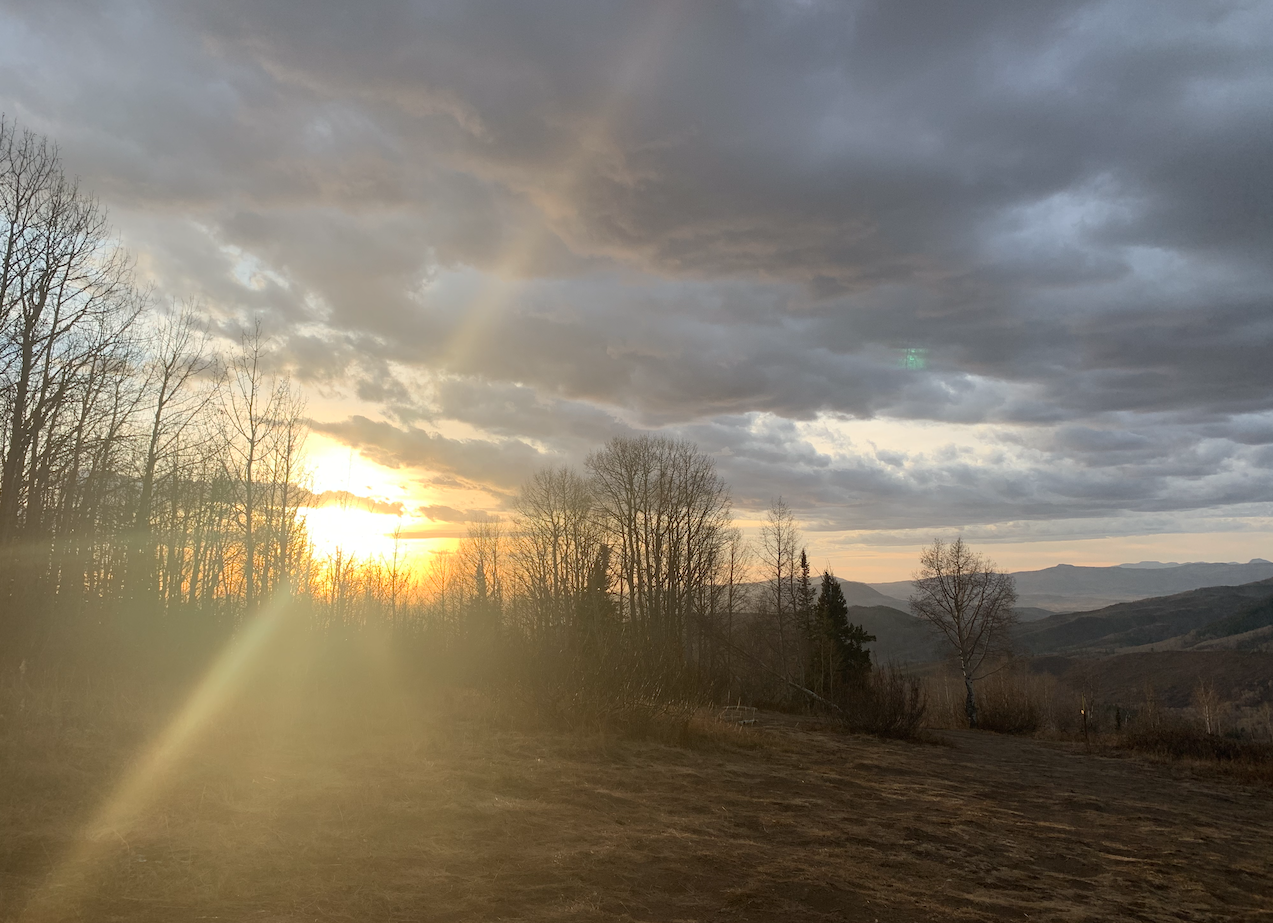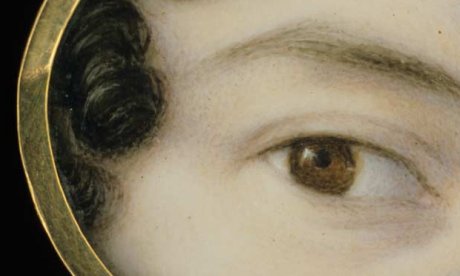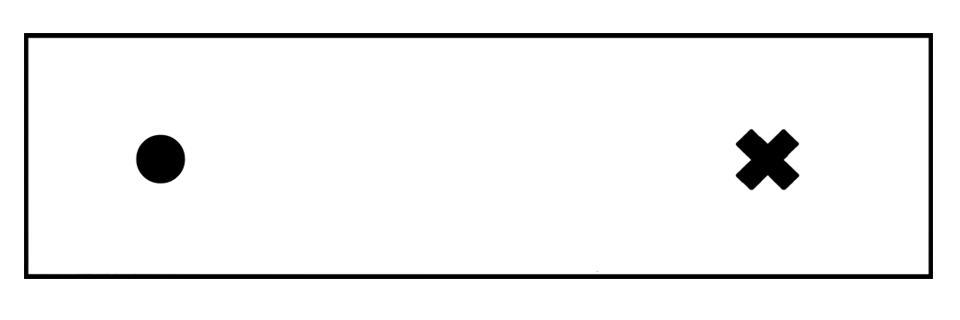Look at this word. Then this one. And think for a moment how it is that you
See.
How your gumball-sized sense organs studded by ears and straddling nose differentiate among 10 million colors, detecting the brightest noontime sun down to a single photon of light.
How an image passes through the clear cornea. Along the colorful iris. Through the gatekeeping pupil, M&M-sized black hole to your soul that it is.
Through the damp aqueous humor and the jelly-esque vitreous body that reminds scientists of egg whites
and lands on the retina.
Where cone cells, 6 million strong in the center of your eye film, detect bright light and colors quickly. And rod cells, 90 million or so along the edges of your field of view, detect low light slowly.
Both important, yet the rod cells are your friends for the deep, dark nights. Slower but more sensitive. Allowing you to see starglow and to pilot submarines.
When light hits, pigments shift, ion channels snap and brain words release,
travelling along the optic nerve
all in a blink of an – well, you know.
Lest you think the optic nerve is too fancy, sending its pitter-patter of information to the brain so three-dimensional images form,
you should know it is also responsible for your blind spot. The blank area in all of your images that your brain somehow fills back in.
To find your blind spot, close one eye and focus – really focus – on one of two dots. Move your face closer or further and suddenly, the second dot disappears.
Ah-ha. You’ve found it.
Maybe now you can truly see.
Blind spot test. Close your right eye and look at the cross with your left eye. Move closer or further from the screen until the dot disappears. Switch eyes, look at the dot with your right eye, repeat. www.exploratorium.edu/snacks/blind-spot
__________
Creative Commons/Pixabay | neh.gov | ncbi.nlm.nih.gov








